Content courtesy of Ed T. McMahon
AnyPlace, USA
When a chain store moves into town, it often brings a sense of “Anyplace, USA,” detracting from the community’s unique characteristics.
While national retail and restaurant brands generally have a preferred footprint, architectural style, and design, and any structure that’s built for infinite replication will fail to provide the sense of place that a community needs to thrive.
However, communities do not have to adopt these norms. Instead, they can advocate for development that better aligns with their unique sense of place.
As retail consultant Bob Gibbs notes, “When a chain store developer comes to town, they generally have three designs (A, B, or C) ranging from Anywhere USA to Unique (sensitive to local character). Which one gets built depends heavily upon how much pushback the company gets from local residents and officials about design & its importance.”
Communities boast tremendous negotiation power when determining how a chain will integrate into the landscape.
Retailers carefully scout and evaluate their most desirable locations and will often listen to the community’s requests in order to secure those locations.
Negotiating for Better Design
Chains may prefer their prototype design, but they will depart from their off-the-shelf design to be in an economically profitable location.


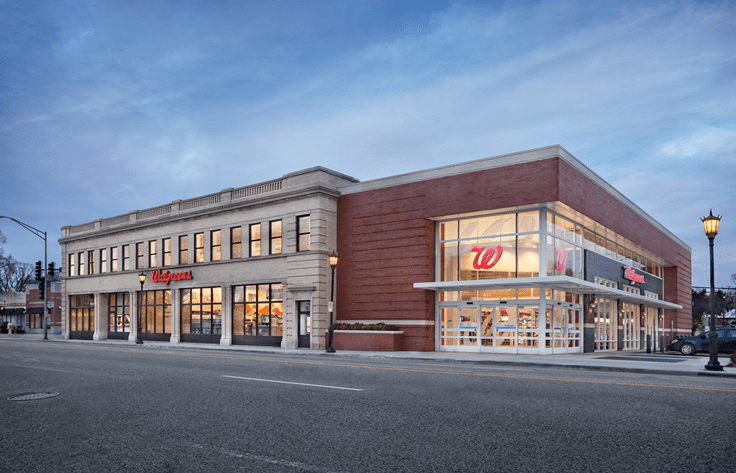
The character of your community is more important than the preferences of a large corporation.
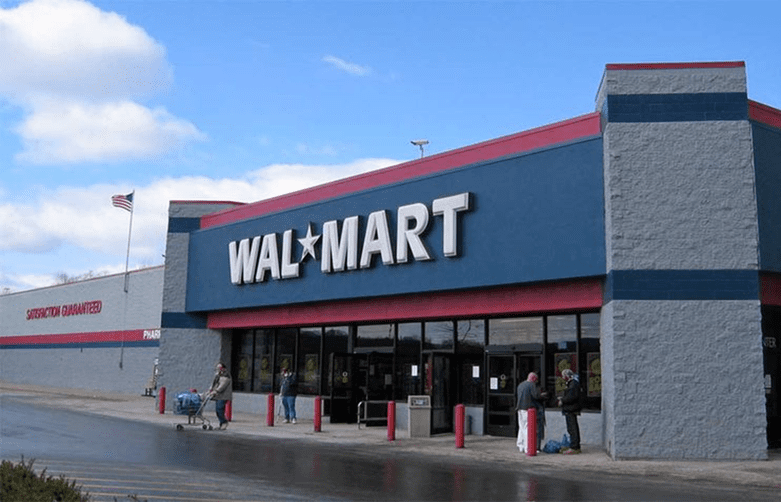
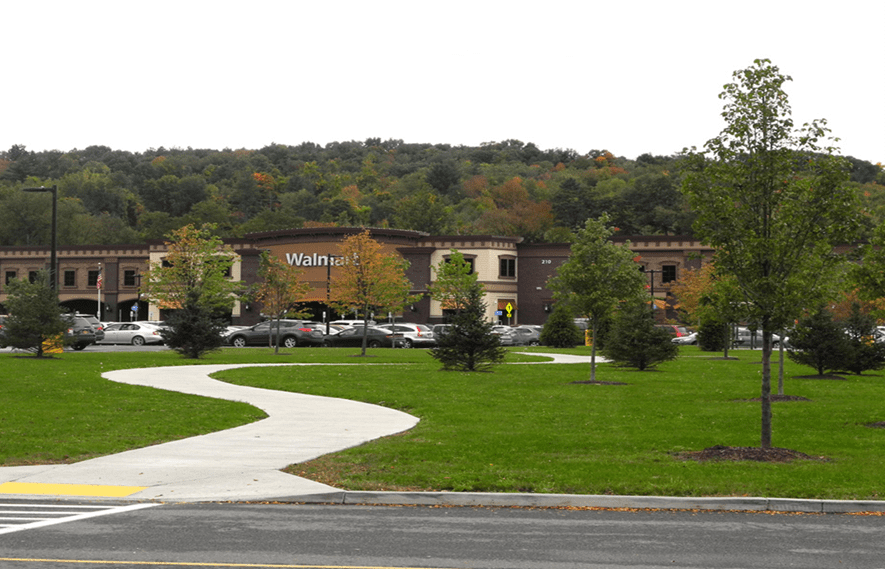

Communities that accept “Anywhere USA” design will lose their unique identity and sense of place.
They will also become less valuable as places to live, work, or invest.
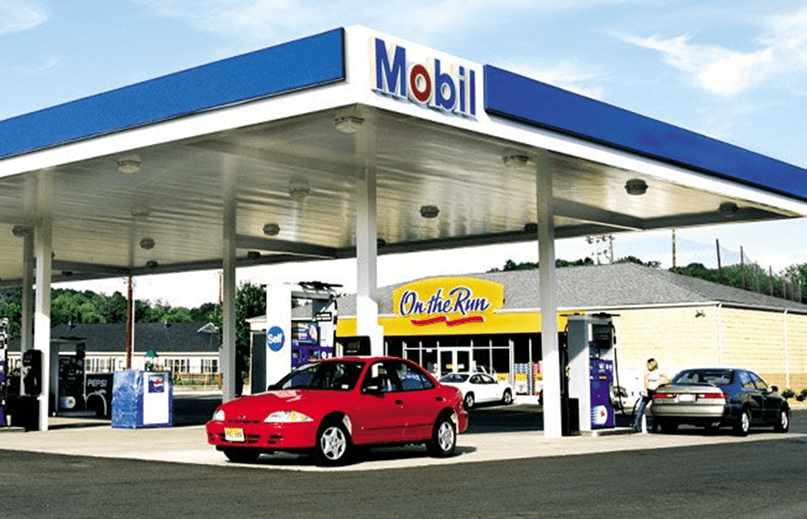

Communities that are desperate for anything will get the worst of everything.


Communities that have higher expectations get better results and this in turn makes them more desirable as places to live, invest, and visit.
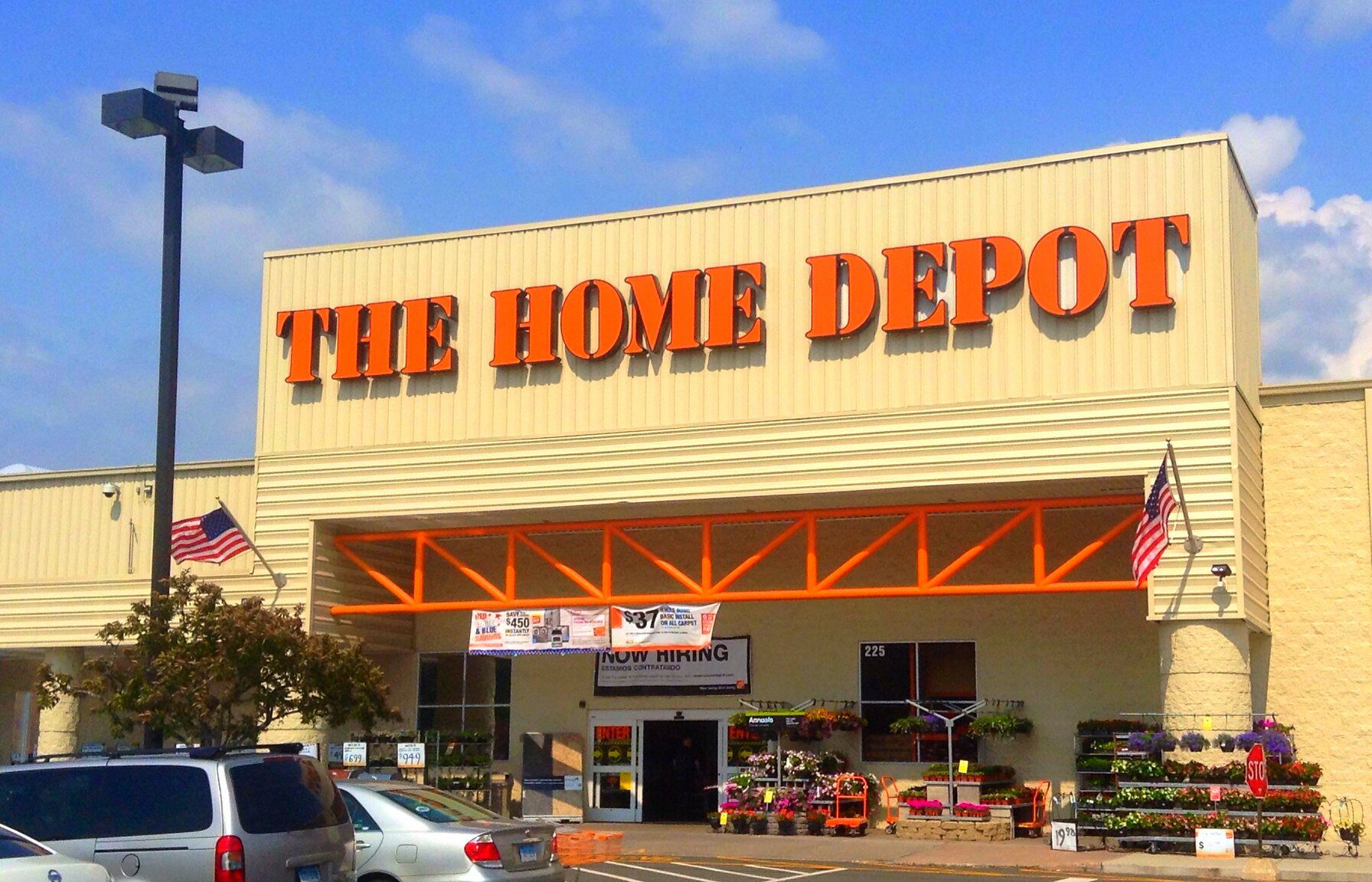
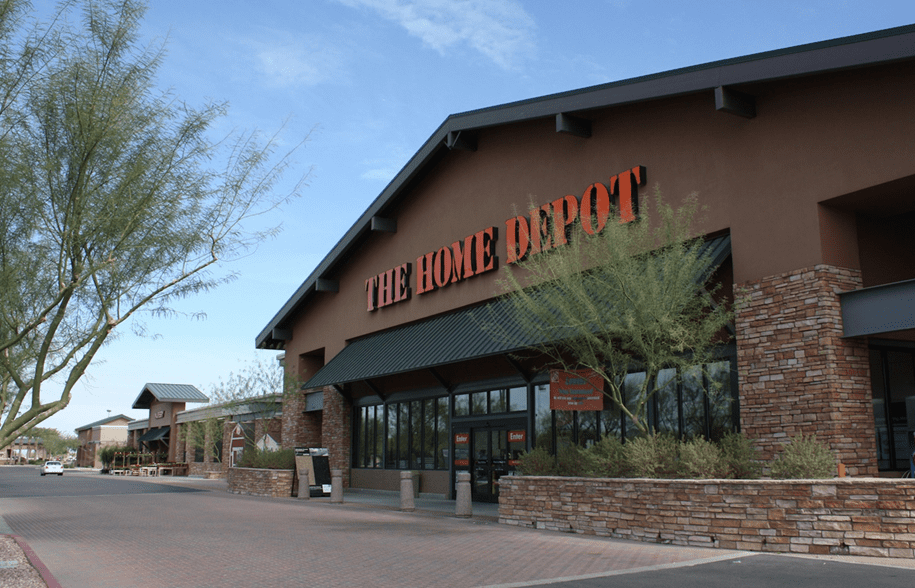
Communities Have a Choice
When it comes to design, citizens can play an active role in shaping community character.
Explore our resources to support placemaking in your community.
This information was adapted from a presentation given by Ed T. McMahon, president emeritus of the Main Street America board of directors, former president of Scenic America, and a noted expert on placemaking and community planning.


